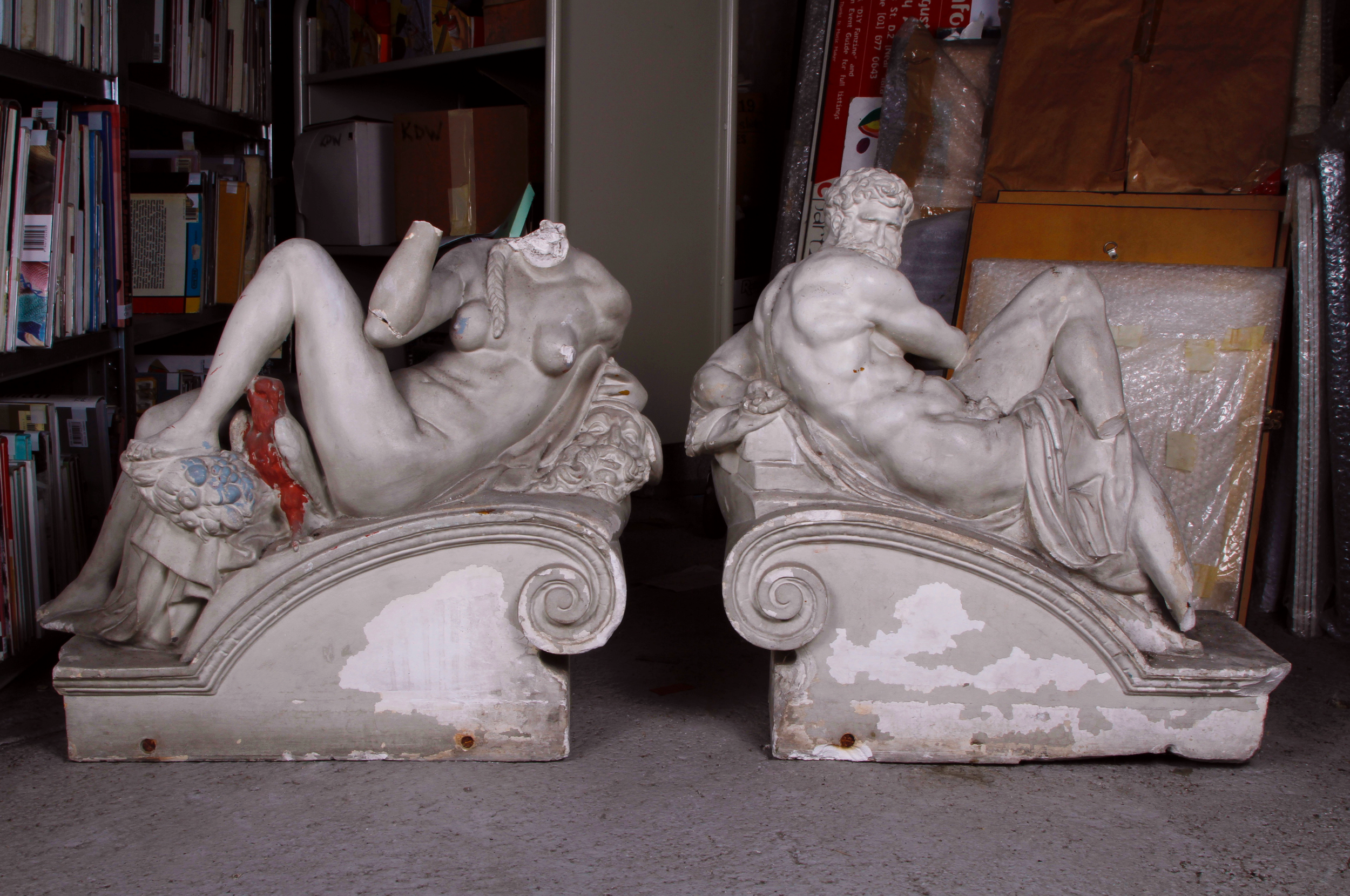-

Artist Statement
Around the world, there are forgotten artworks and unshown objects that remain unseen for years and decades. Hidden in archives or in plain sight, their connection to their own narratives has been lost to time. As an artist, I am motivated by a reverence for the past.
With a reverence for sculptures and iconography, my motivation to create work is driven by a fascination with the cultural and historical traditions that these forms represent. While I do not practice the religion these objects may be associated with, I am drawn to the artistry and symbolism developed over centuries of religious practice. I explore the many layers of meaning and cultural significance embedded in sculptures and iconography. By reinterpreting these forms in my work, I tap into the vast and complex visual vocabulary developed and refined over centuries of human history.
My research begins with an exploration of Damnatio Memoriae. This Latin term, meaning the condemnation of memory, denotes the removal of names from inscriptions and documents, the destruction of depictions of historical figures or monuments and, on a larger scale, looks at rewritings of history.
-

Glitch Process
As a media artist working with video and installation, I use new media glitching processes. My research presents itself in the exploration and exploitation of social and cultural texts, images, and objects through the medium of glitch. My video works are created by tampering with the code that makes up all images in digital form. Typing narratives I have created into the image's code changes the chosen photograph, creating visual disturbances such as dramatic changes in colour and digital striation where the image's form shifts and changes. Chance plays a role in this as I choose to have little control over the outcome the glitching process creates, only undoing the changes made when the image becomes entirely corrupted and no longer viable to work with. The colours, patterns and corruption that emerge depend solely on the words I type and where in the body of code I choose to place them, putting an intentional emphasis on the weight of the narratives I create and their sway on the object, in both a physical and conceptual sense.
The glitching process, taking place on my computer, can range from six minutes long to thirty minutes long. This is documented in real-time with screen recording software. This is a performance piece at the time of recording.
I have taken the detached narrative histories of these objects in writing and interlaced them with the code of their images. The glitching process mimicked the degradation I saw from revered objects to archival detritus. By using this glitch process, I aimed to create a correlation in the viewer's mind between the corruption of the image through glitch and the deterioration of the object and its subsequent fall into un-memory.
-

Night And Day
These plaster casts, Night and Day by Michelangelo are housed on NCAD campus. Hidden away from view, I was interested in the hidden history behind these pieces.
During my research I discovered call and response poems written about these statues.
The quatrain by Giovan Battista di Lorenzo Strozzi called il Vecchio:
La Notte che u vedi in sì dolci atti dormire, fu da un Angelo scolpita in questo sasso e, perché dorme, ha vita: destala, se nol credi, e parleratti.
Night, whom you see sleeping in such sweet attitudes was carved in this stone by an Angel and although she sleeps, she has life: wake her, if you don't believe it, and she will speak to you.
and Michelangelo's answer in the name of Night itself:
Caro m'è 'l sonno, e più l'esser di sasso,
mentre che 'l danno e la vergogna dura;
non veder, non sentir m'è gran ventura;
però non mi destar, deh, parla basso.
My sleep is dear to me, and more dear this being of stone,
as long as the agony and shame last.
Not to see, not to hear [or feel] is for me the best fortune.;
So do not wake me! Speak softly